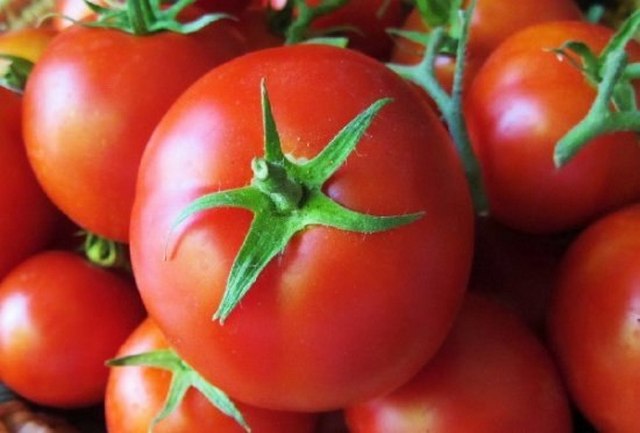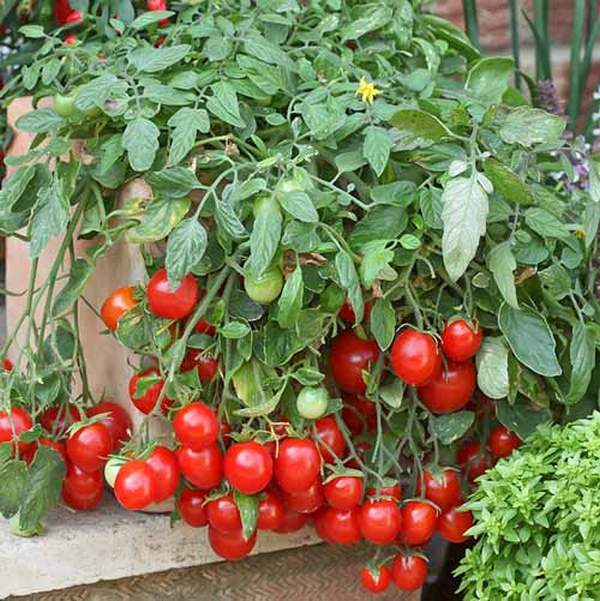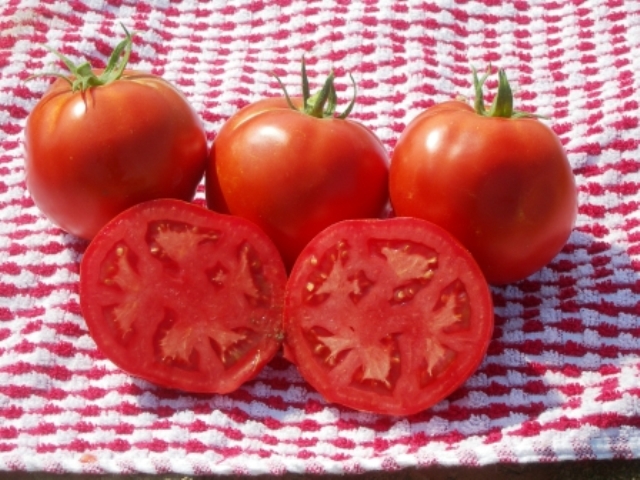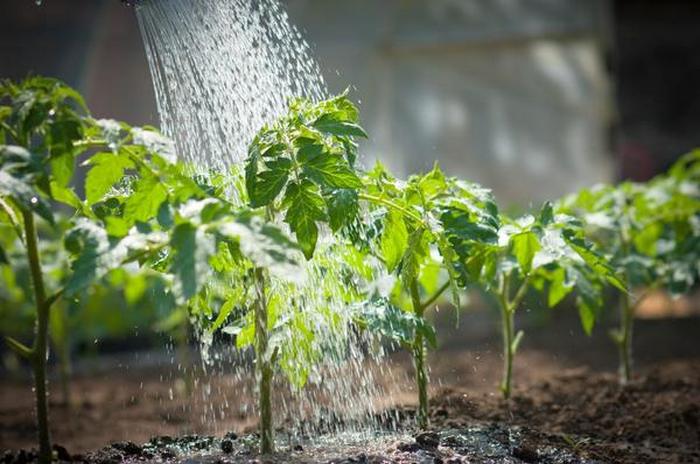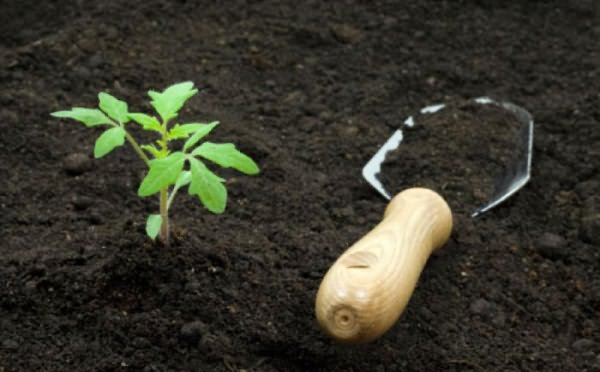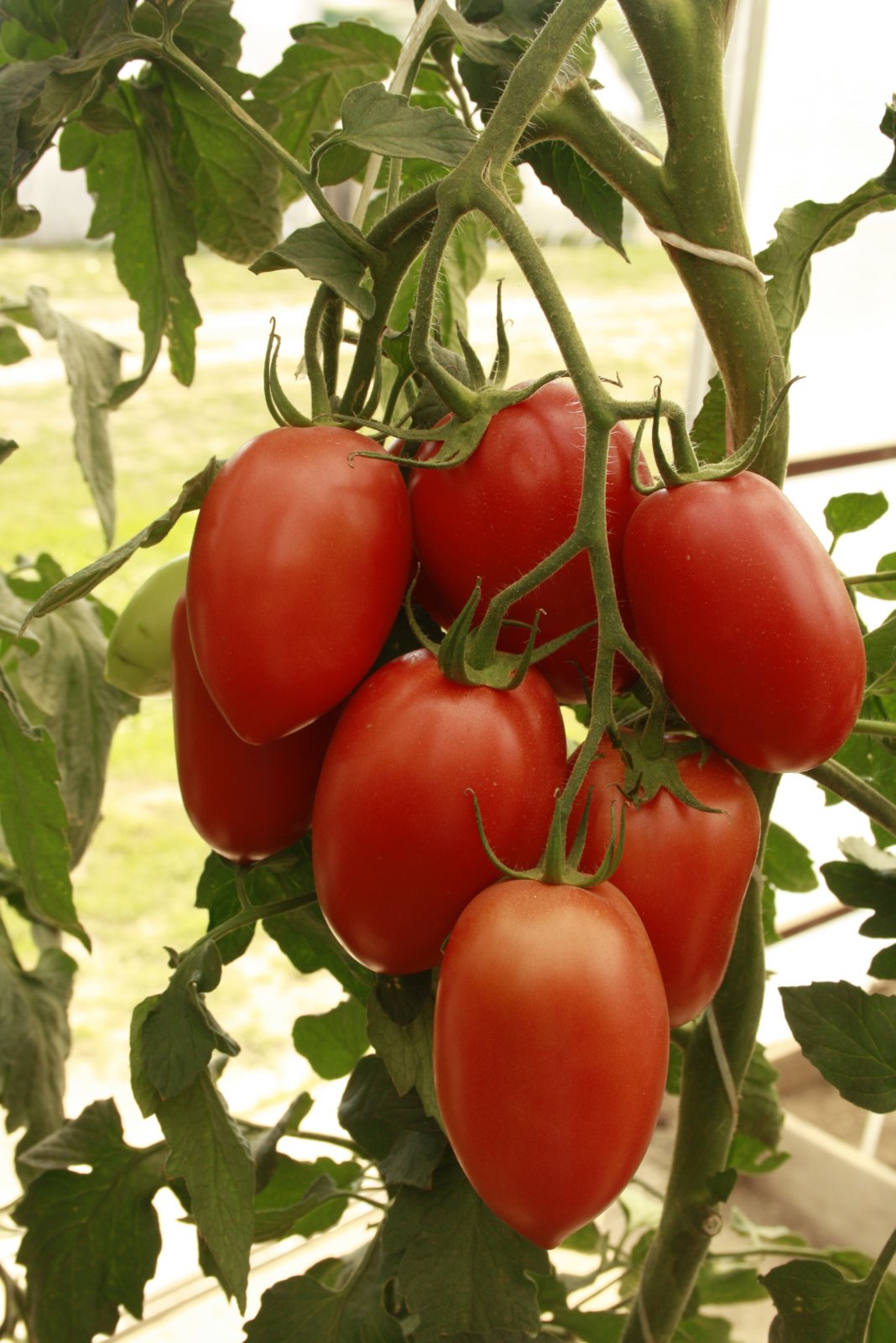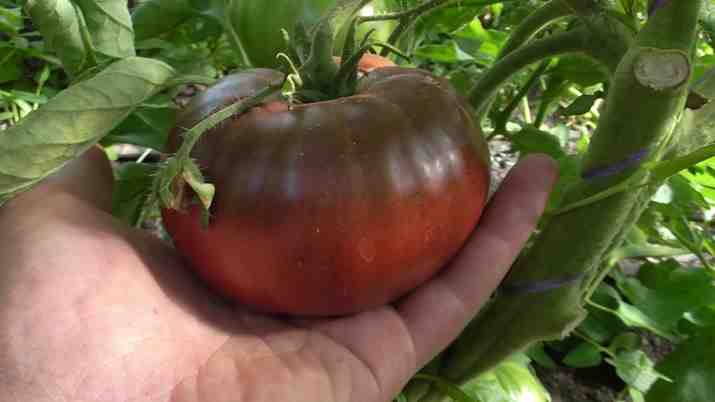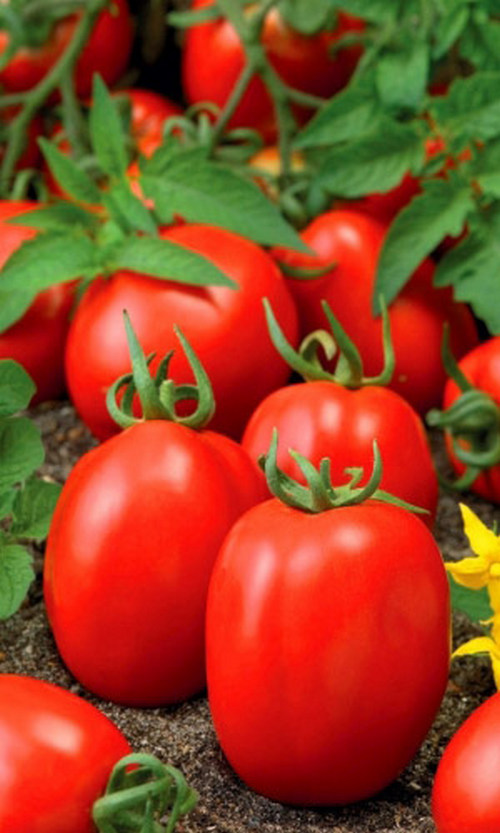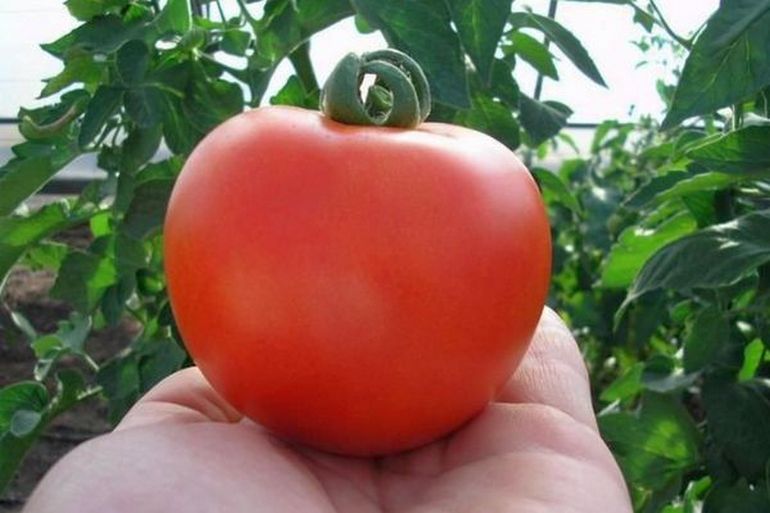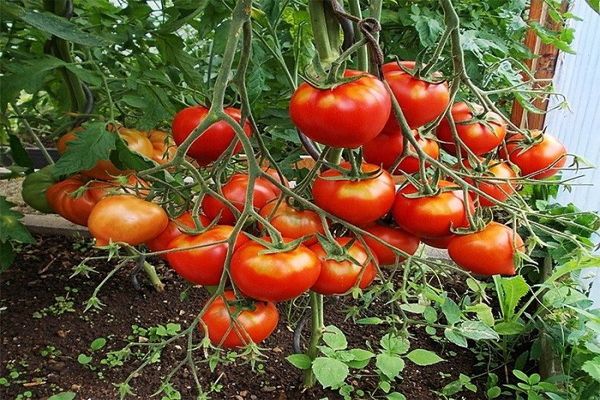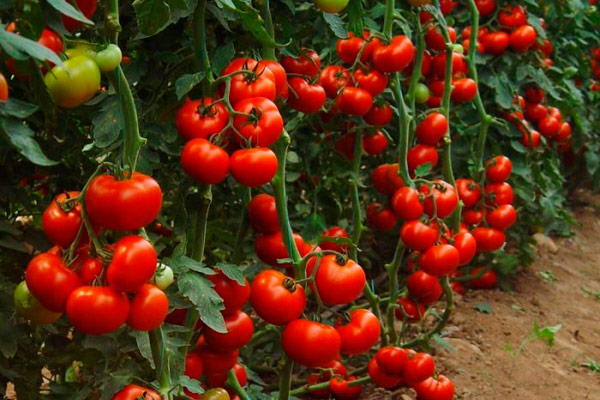Content:
When choosing tomato seeds, you need to carefully read their description, which is on the bag. Firstly, the summer resident immediately receives information about the variety as a whole, as well as how to grow these tomatoes. And secondly, there is an opportunity to choose such varieties that are suitable for specific growing conditions.
In the case of Linda tomato, you need to be especially careful, because there are two varieties with almost the same name. One variety is a tomato, bred by Russian breeders, from the cherry genus and is not a hybrid. Other tomatoes, Linda f1, originated in Japan, are medium-sized, rounded, and delicious hybrid tomatoes.
About Linda tomato and Linda f1 tomatoes will be discussed in this article, their main characteristics, features of varieties and cultivation techniques are considered.
The history of the creation of the variety
Cherry tomato Linda was created by Russian breeders and entered the State Register as a tomato with small fruits, compact bushes and a relatively high yield. This variety can be grown both in the open field and in greenhouses, as well as on balconies or window sills.
Japanese breeders liked this variety and crossed it with early maturing varieties. The result is an early ripening tomato with large, round-oblong fruits. This hybrid is also included in the Russian State Register for cultivation in the North Caucasus (in the garden beds).
Characteristics and features of Linda tomato
The characteristics and description of the Linda tomato variety should begin with a story about the early maturity of the variety. A little more than 3 months pass from the moment the shoots appear to the ripening of the crop. Since this variety is intended primarily for growing at home (on a windowsill, balcony or glassed-in loggia), anyone can plant seeds in the first decade of March and by mid-June can collect cherry tomatoes from indoor "beds" ...
The bushes of this variety are absolutely unpretentious, they can reach 0.3 m in height, the shoots are strong and powerful, capable of withstanding the weight of ripening fruits without tying them to supports. Erect shoots, few leafy. The foliage is typical tomato, dark green.
The ovaries are formed heap. The first one is formed over 7 permanent leaves. The ovaries are collected in clusters, each of which contains up to 6-7 ripening fruits.
The Linda tomato variety belongs to the determinant species. Small bushes are highly decorative, especially at the moment of active and friendly ripening of small fruits - during this period the plant looks like a small Christmas tree, decorated with a large number of small bright red balls.
The fruits of this variety of the Linda variety are small in size, rounded, red in color, the mass of one ripe tomato is up to 35 g. The variety is distinguished by long fruiting - the last ripe tomatoes are usually harvested in the last decade of September. You can use the harvested crop fresh, decorate dishes with it, and also use it in conservation.
Hybrid Linda f1 belongs to ultra-early ripening varieties - it takes almost 2 months from the moment of germination to harvest. This tomato belongs to the determinant type, is a hardy hybrid variety of tomatoes: it tolerates temperature changes well, ovaries form on the shoots even in the heat. This hybrid is highly resistant to the main diseases affecting plants of the Solanaceae family.
Ripe spherical fruits, slightly flattened, with slight ribbing near the stalks. The color of the dense skin is bright red. The pulp is dense, has no voids. The weight of ripe fruits is up to 320 g. Due to the dense skin, the fruits do not crack, have an excellent presentation and tolerate transportation well over long distances.
The ripening fruits are of approximately the same size, the process of ovary formation occurs throughout the season. In addition to good transportation, the harvested crop can be stored for a long time in appropriate conditions. Ripe tomatoes taste sweet, almost without acidity. The crop is used fresh, as well as in canning: for the manufacture of tomato juice, ketchups, sauces and tomato paste.
Agricultural technology of cultivation
It is better to grow the Lindu variety on well-fertilized loose soils with neutral acidity. Before planting seeds, it is better to keep them in a growth promoter and germinate. If these tomatoes are grown at home, then planting can be done immediately in a container, where they will continue to grow. In this case, it is better to immediately place the seeds in the ground at a distance of at least 0.5 m from each other, so that after the seedlings appear, they do not have to dive. For seedlings and for growing at home, seed material is recommended to be planted in the last decade of March. And during the period of seedling growth, it can be fertilized with complex mineral additives (for example, Kemira) at least twice before transplanting to a permanent place.
Further care for these tomatoes consists in regular watering and fertilization. Water the tomatoes as the topsoil dries. When growing these compact bushes, it is necessary to apply top dressing at intervals of 14-18 days. Due to its compact size, Linda's bushes do not need to be tied up and pinned, they do not require supports. According to the recommendations of experts, this unpretentious variety of tomatoes can be grown even by novice summer residents or people who do not have a lot of free time, because Linda tomatoes practically do not require maintenance.
It is necessary to plant planting material for seedlings 45-60 days before transplanting the seedlings to a permanent place. The composition of the soil into which the planting is carried out should be the same as the one into which the seedlings will be transplanted. If the seedlings are too thick, then the plants should be cut down. This procedure is performed when the plants have at least 3 permanent leaves. 10-12 days after picking, you can feed the seedlings for the first time. The following elements should be included in the top dressing: phosphorus, potassium salts and nitrogen. During the growth of seedlings, it is fed no more than 3 times. The last feeding is carried out 12-14 days before transplanting into open ground.
Although tomatoes of this variety are quite unpretentious to the state of the soil, the place for planting them should be well lit, and the soil should be loose and fertile. It is better to transplant seedlings in the evening or in cloudy weather.
This hybrid has strong and strong shoots, so they do not require tying, but do not forget to remove the stepsons.
Further care for Linda F1 is to adhere to the watering regime - you should not allow the soil to dry out or overflow the bushes of these tomatoes.
Advantages and disadvantages of the variety
The advantages of the Linda variety include:
- compactness and low height of the bushes - up to 30 cm in height;
- high resistance to major diseases;
- the tomato is intended for growing at home, but grows well and bears fruit in the open field;
- good yield;
- good marketability and taste of the harvested crop;
- the versatility of ripe fruits.
Linda f1 hybrid has the following advantages:
- high yield;
- early maturity of the variety - no more than 2 months pass from the appearance of shoots to harvest;
- large sizes of ripe tomatoes;
- ripe fruits are of the same size;
- good presentation and taste of the harvested crop;
- versatility of ripe fruits;
- high stress resistance to unstable climatic conditions;
- fruits are not prone to cracking;
- high resistance to major diseases.
This hybrid has practically no drawbacks. It should only be noted that Linda f1 require obligatory pinching and the formation of bushes in 2-3 shoots for better ripening of the crop.
